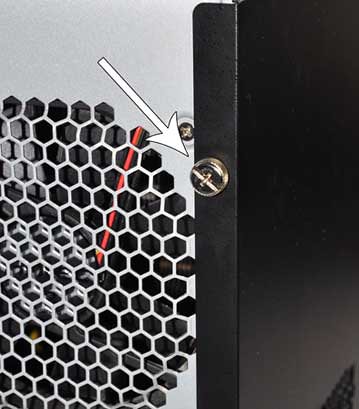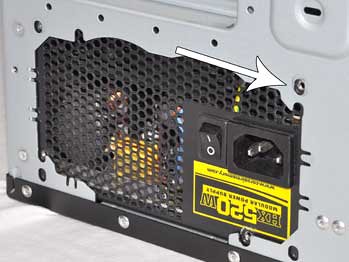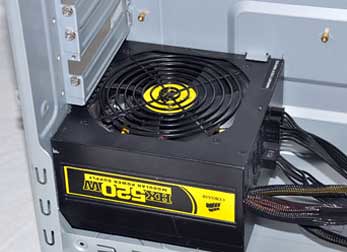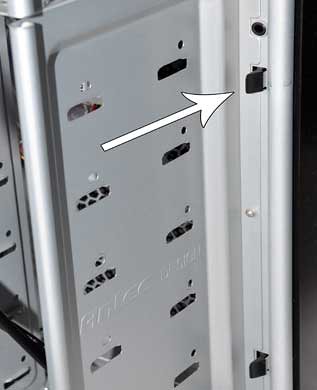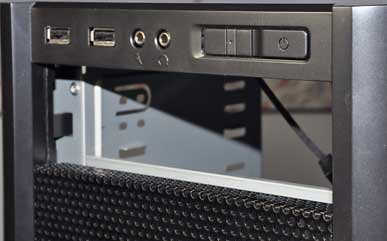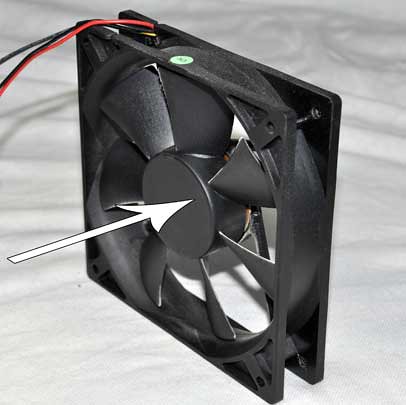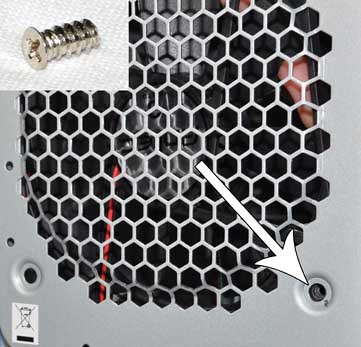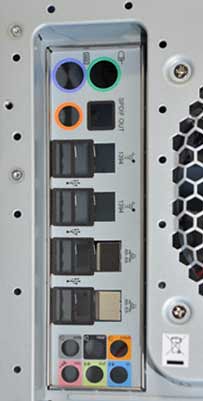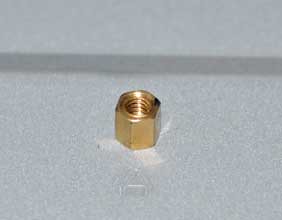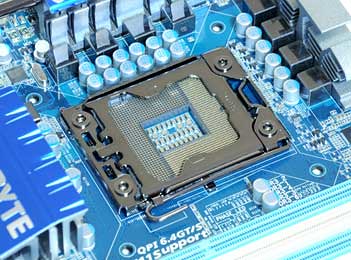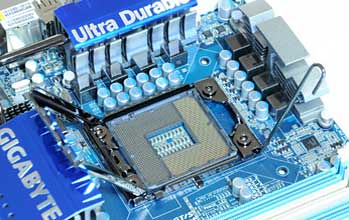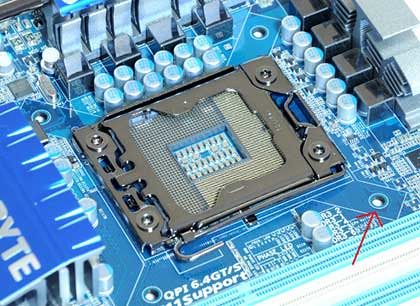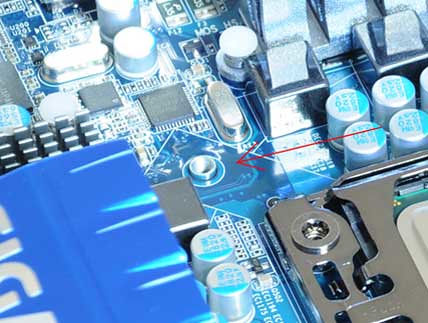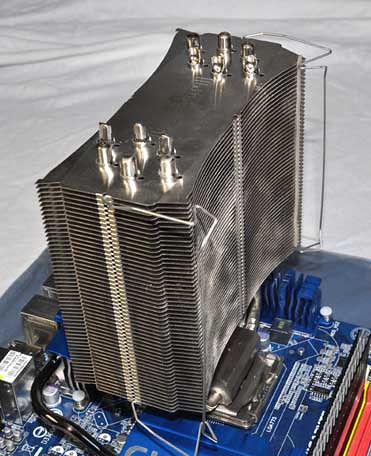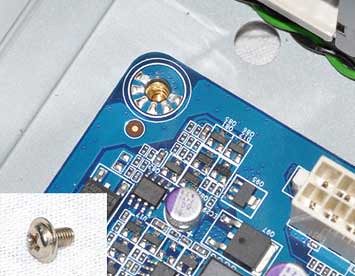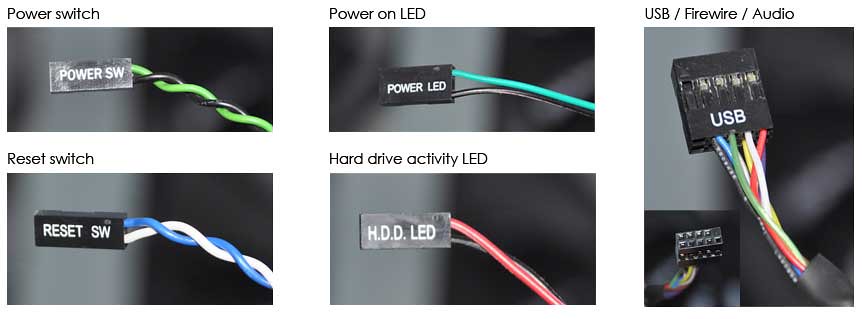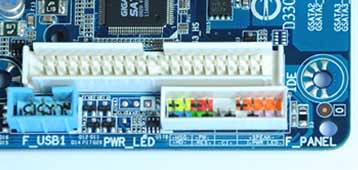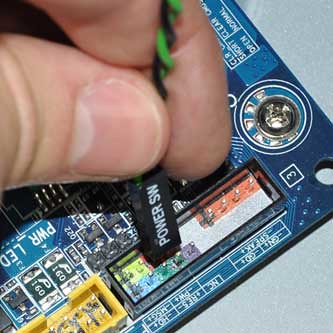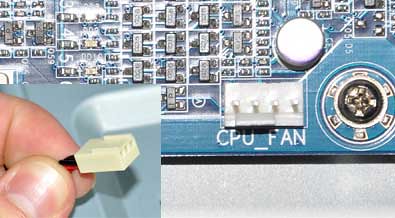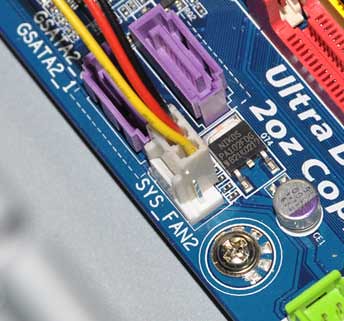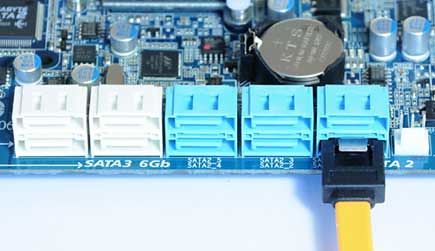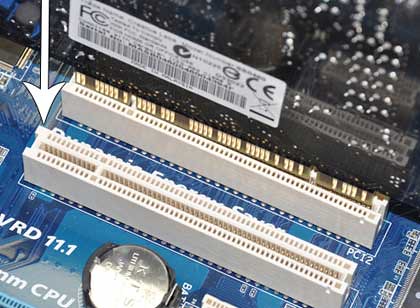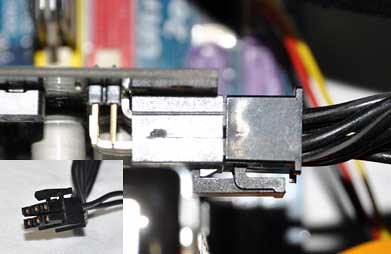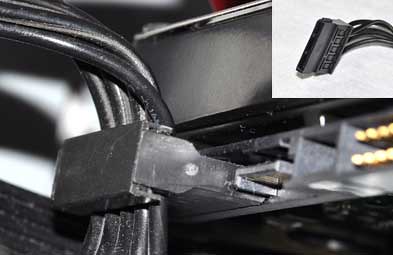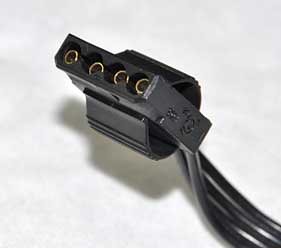Just updating the guide over the coming days.
Disclaimer: The following is the method I use when building a PC. I am not personally responsible if in the unlikely event something goes wrong, gets broken, voids warranty or simply doesn’t work.
Step 1: Hardware Choices
In simple terms to build a basic PC the following parts are required.
1. Processor (CPU)
2. Motherboard (Mobo)
3. Memory (RAM)
4. Storage Drives (SSD and/ or HDD)
5. Graphics card(s) (GPU) (Unless using onboard graphics)
6. Power supply (PSU)
7. Case
8. CPU Heatsink & Fan
9. Case fans
10. CD/DVDRW drive(s)
11. Optional: Sound card (motherboards also have onboard sound)
12. Optional: Fan controller
Hardware Info
Processor: When building a new PC the two main parts to start with are the CPU and motherboard. The CPU will set what socket motherboard you require. For example a LGA1150 CPU will require a LGA1150 socket motherboard. OEM CPUs often are slightly cheaper, however, usually come with less warranty than the retail version and do not come with a stock heatsink/fan.
Motherboard: There are many factors which deem which motherboard you should buy, these include:
- That the motherboard socket matches that of the CPU
- The supported memory speed. If wanting to use over 1600 MHz memory, check the motherboard specification to see if higher frequencies are supported.
- If you want to use SLI or Crossfire make sure at least two PCI-e 2.0 x16 slots are available. Check to see if the slots can run at full x16, or if the other slots are x8 or x4 when run in SLI/ Crossfire. x1 is also available for other expansion cards.
- If using SLI or Crossfire check that the motherboard can support the one required.
- Double slot coolers on GPUs can cover the slot below, check that the slow below is not required by another device you wish to install. Different motherboards have the slots in different orders.
- Motherboards come in different sizes such as ATX, & microATX. Select the size which corresponds with the features you require and the size case you wish to use.
- What chipset the motherboard uses, for example z97. For each socket there are usually different motherboard chipsets available. Each chipset uses different controllers. Check reviews to see how each controller performs.
- The number and speed of SATA ports available. A 6Gb/s drive to run at full speed requires a SATA 6Gb/s port, although is backwards compatible at slower speeds.
- If requiring onboard graphics a motherboard with DVI/VGA/HDMI output via the back I/O panel.
- Number of PWR fan headers to plug case fans and CPU fan into. A fan controller can increase the number of fans supported and provide speed control.
- That the generational refresh of the processor is supported by the motherboard. Check that the CPU is compatible with the motherboard, even if the socket number is the same.
Memory: Check that the memory speed and type you wish to use are supported by the motherboard. Memory comes in a variety of frequency speeds and latency timings. Dual, triple and quad channel configurations are used by motherboards, however check which your motherboard supports. The memory sticks are used simultaneously in the specified configuration. For the greatest chance of working correctly the memory used in such configurations must be matched and of the same model, speed etc. The easiest way is by using a matched kit. Some CPU coolers are very large and can conflict with the memory slots on the motherboard. Check that the CPU cooler and memory can both fit.
Storage Drives: If using 6Gb/s drives make sure that the motherboard supports SATA 6Gb/s. SATA is backwards compatible, however will run at a slower speed.
Graphics card(s): When using SLI or Crossfire for best performance the PCI-e slots should be rated at x16 or x8 when in a SLI or Crossfire configuration. SLI configuration requires an SLI bridge (connector) which comes with the motherboard. Crossfire usually requires a Crossfire bridge; however the R9 290 series does not.
Power supply: Select a wattage which gives some head room and also allows for possible further expansion. As an approx rule 500w for one higher end GPU and 750w for a dual GPU setup. The PSU seems tempting to skimp on, however should never be over looked since this is what will be powering all of your expensive components. PSUs have an efficiency rating, these often include: 80 Plus Bronze, 80 Plus Silver, 80 Plus Gold, 80 Plus Platinum and 80 Plus Titanium. Check that the PSU can fit inside the case you have selected and that the PSU offers the required number of power connectors.
General Motherboard Layout
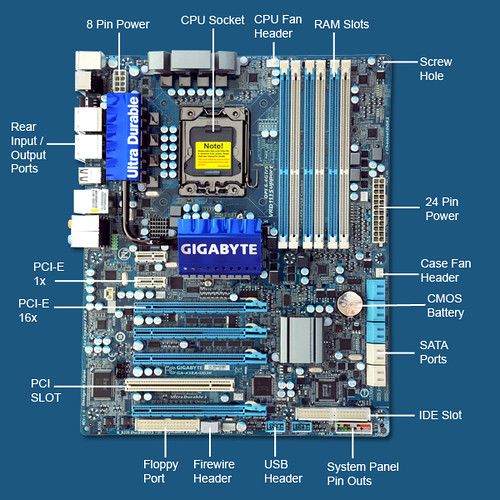
Tips:
1. Never touch the copper contact pads or pins.
2. Always handle the electrical components by the edges of the chip or board.
3. If its going to fit it will slot in easily, don't force components or cables into place.
4. Before any electrical components are touched make sure you are well grounded, this will help reduce the risk of static electrical damage to components. One method of grounding is once the PSU is fitted into the case plug the PSU into the wall socket, although not switched on. This allows the builder to ground themselves when touching a metal part of the case.
Disclaimer: The following is the method I use when building a PC. I am not personally responsible if in the unlikely event something goes wrong, gets broken, voids warranty or simply doesn’t work.
Step 1: Hardware Choices
In simple terms to build a basic PC the following parts are required.
1. Processor (CPU)
2. Motherboard (Mobo)
3. Memory (RAM)
4. Storage Drives (SSD and/ or HDD)
5. Graphics card(s) (GPU) (Unless using onboard graphics)
6. Power supply (PSU)
7. Case
8. CPU Heatsink & Fan
9. Case fans
10. CD/DVDRW drive(s)
11. Optional: Sound card (motherboards also have onboard sound)
12. Optional: Fan controller
Hardware Info
Processor: When building a new PC the two main parts to start with are the CPU and motherboard. The CPU will set what socket motherboard you require. For example a LGA1150 CPU will require a LGA1150 socket motherboard. OEM CPUs often are slightly cheaper, however, usually come with less warranty than the retail version and do not come with a stock heatsink/fan.
Motherboard: There are many factors which deem which motherboard you should buy, these include:
- That the motherboard socket matches that of the CPU
- The supported memory speed. If wanting to use over 1600 MHz memory, check the motherboard specification to see if higher frequencies are supported.
- If you want to use SLI or Crossfire make sure at least two PCI-e 2.0 x16 slots are available. Check to see if the slots can run at full x16, or if the other slots are x8 or x4 when run in SLI/ Crossfire. x1 is also available for other expansion cards.
- If using SLI or Crossfire check that the motherboard can support the one required.
- Double slot coolers on GPUs can cover the slot below, check that the slow below is not required by another device you wish to install. Different motherboards have the slots in different orders.
- Motherboards come in different sizes such as ATX, & microATX. Select the size which corresponds with the features you require and the size case you wish to use.
- What chipset the motherboard uses, for example z97. For each socket there are usually different motherboard chipsets available. Each chipset uses different controllers. Check reviews to see how each controller performs.
- The number and speed of SATA ports available. A 6Gb/s drive to run at full speed requires a SATA 6Gb/s port, although is backwards compatible at slower speeds.
- If requiring onboard graphics a motherboard with DVI/VGA/HDMI output via the back I/O panel.
- Number of PWR fan headers to plug case fans and CPU fan into. A fan controller can increase the number of fans supported and provide speed control.
- That the generational refresh of the processor is supported by the motherboard. Check that the CPU is compatible with the motherboard, even if the socket number is the same.
Memory: Check that the memory speed and type you wish to use are supported by the motherboard. Memory comes in a variety of frequency speeds and latency timings. Dual, triple and quad channel configurations are used by motherboards, however check which your motherboard supports. The memory sticks are used simultaneously in the specified configuration. For the greatest chance of working correctly the memory used in such configurations must be matched and of the same model, speed etc. The easiest way is by using a matched kit. Some CPU coolers are very large and can conflict with the memory slots on the motherboard. Check that the CPU cooler and memory can both fit.
Storage Drives: If using 6Gb/s drives make sure that the motherboard supports SATA 6Gb/s. SATA is backwards compatible, however will run at a slower speed.
Graphics card(s): When using SLI or Crossfire for best performance the PCI-e slots should be rated at x16 or x8 when in a SLI or Crossfire configuration. SLI configuration requires an SLI bridge (connector) which comes with the motherboard. Crossfire usually requires a Crossfire bridge; however the R9 290 series does not.
Power supply: Select a wattage which gives some head room and also allows for possible further expansion. As an approx rule 500w for one higher end GPU and 750w for a dual GPU setup. The PSU seems tempting to skimp on, however should never be over looked since this is what will be powering all of your expensive components. PSUs have an efficiency rating, these often include: 80 Plus Bronze, 80 Plus Silver, 80 Plus Gold, 80 Plus Platinum and 80 Plus Titanium. Check that the PSU can fit inside the case you have selected and that the PSU offers the required number of power connectors.
General Motherboard Layout

Tips:
1. Never touch the copper contact pads or pins.
2. Always handle the electrical components by the edges of the chip or board.
3. If its going to fit it will slot in easily, don't force components or cables into place.
4. Before any electrical components are touched make sure you are well grounded, this will help reduce the risk of static electrical damage to components. One method of grounding is once the PSU is fitted into the case plug the PSU into the wall socket, although not switched on. This allows the builder to ground themselves when touching a metal part of the case.
Last edited:


